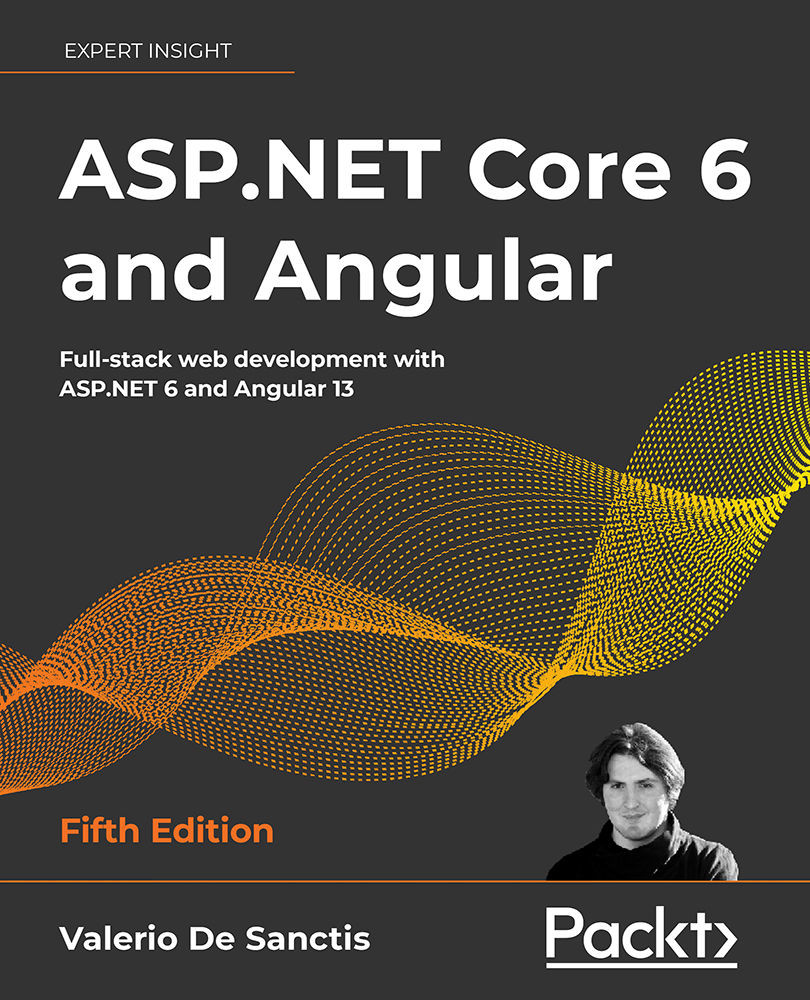In this chapter, we’ll mostly deal with forms, data input, and validation techniques. As we already know, HTML forms are one of the most important and delicate aspects of any business application. Nowadays, forms are used to fulfill almost any task involving user-submitted data, such as registering or logging in to a website, issuing a payment, reserving a hotel room, ordering a product, performing and retrieving search results, and more.
If we were asked to define a form from a developer’s perspective, we would come out with the statement that a form is a UI-based interface that allows authorized users to enter data that will be sent to a server for processing. The moment we accept this definition, two additional considerations should come to mind:
- Each form should provide a data entry experience good enough to efficiently guide our users through the expected workflow; otherwise, they won’t be able to use it properly.
...



 Free Chapter
Free Chapter

